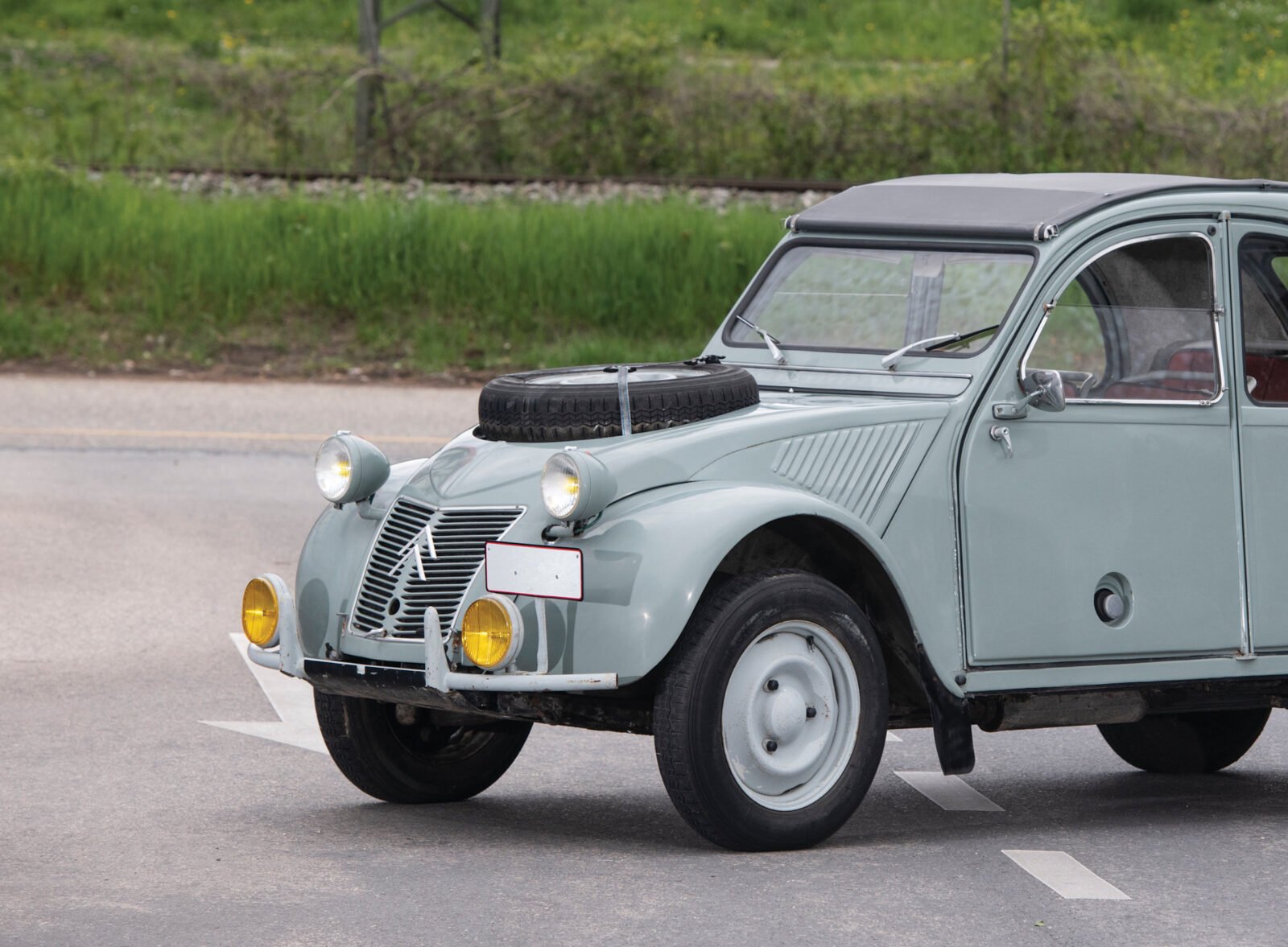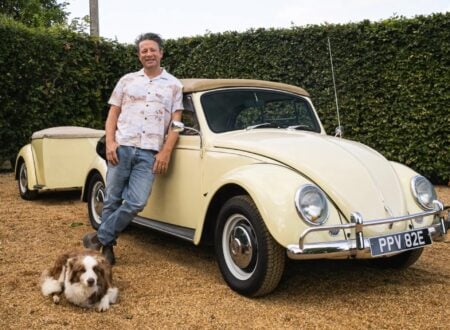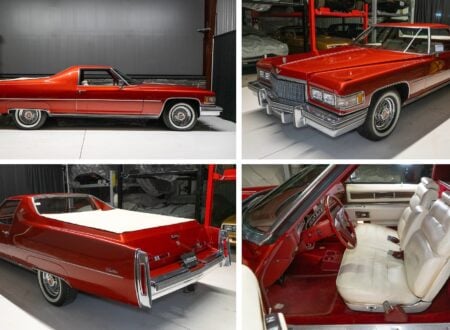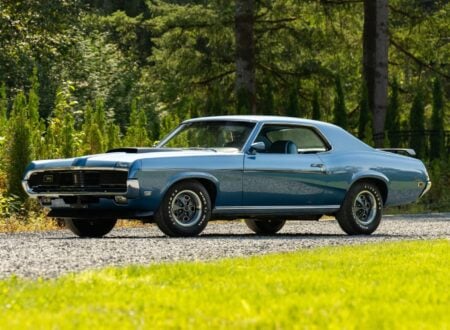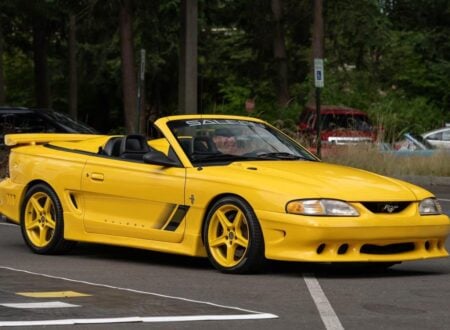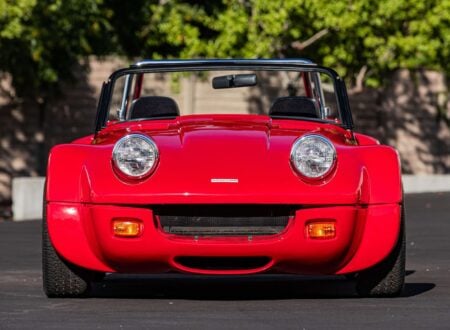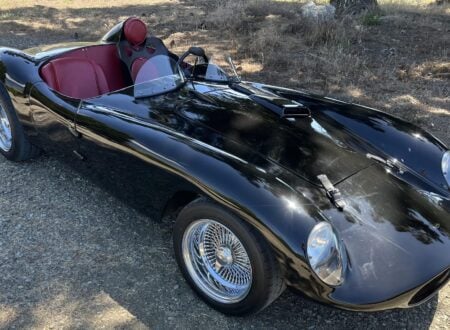The rare Citroën 2CV 4×4 Sahara features both a front and a rear engine which can be operated independently – meaning the car can be front wheel drive, rear wheel drive, or four wheel drive depending on what your requirements are for it on any given day.
The Citroën 2CV
The Citroën 2CV was often affectionately referred to by its nicknames “the tin snail” or the “umbrella on wheels” but regardless of what you might call it, it was one of the cleverest vehicle designs of its age.
The concept, called the TPV, was originally developed in the late 1930s to offer a car to the large rural population in France who had limited financial means. Many still used horses and carts for transportation at the time and the TPV was developed to bring France’s blue collar population into the 20th century.
The original design brief for the car that would become the 2CV called for a very inexpensive vehicle that could carry four people and 50 kilograms of farm produce to market at between 50 and 60 km/h (30+ mph). The suspension needed to be able to handle unsealed roads and light to moderate off-road use, so one of the design parameters was that the car be able to drive across a freshly ploughed field with a basket of eggs on the backseat – without any of them breaking.
The TPV prototype was close to production ready in 1939 however the outbreak of WW2 caused the project to be mothballed. There was concern that the Nazis would make use of the design, so many prototypes were destroyed or hidden, some were even buried.
After the war the project was restarted, the car was largely re-designed though the design parameters stayed the same. Aluminum bodywork was replaced with steel, and significant upgrades were rolled into the car to make it more reliable, practical, and affordable.
On its release the motoring media weren’t particularly enamoured with the 2CV, a writer for the British magazine Autocar said that the car “…is the work of a designer who has kissed the lash of austerity with almost masochistic fervour”.
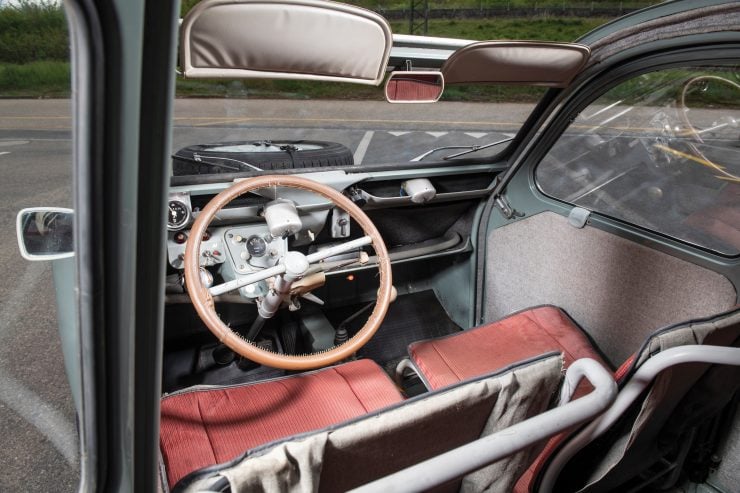
Despite the somewhat snooty reception from automotive journalists the people who the car was designed for, French rural and blue collar workers, absolutely loved it.
Orders for the car poured in and production numbers needed to be constantly increased to meet demand, at one point early in the history of the 2CV there was a 5 year waiting list, and secondhand models sold for more than new cars – as they didn’t require the new owner to wait years to take delivery.
The design of the 2CV was nothing short of genius, it offered excellent ground clearance, independent front and rear suspension, an exceedingly fuel efficient and easy to maintain 375cc (first generation), 9 hp, flat twin, air-cooled engine. The roof was made of a waterproof fabric that could be rolled up to allow that transportation of large items and even livestock.
Citroën would keep the 2CV in production from 1948 to 1990, over 5 million were built in various configurations and today they remain one of the best loved French cars of all time.
The Citroën 2CV 4×4 Sahara
The Citroën 2CV 4×4 Sahara was developed for use in hard to reach regions of France and in the French colonies of Africa as a sort of French answer to the Land Rover or Jeep.
Rather than redesigning the entire drivetrain for 4×4 capabilities the designers fitted a matching engine gearbox both front and rear, with two fuel tanks under the front seats, and a single gear stick, clutch, and accelerator that operated both engines/gearboxes simultaneously.
These twin 12 hp engines could be operated individually or together, allowing the car to be front wheel drive, rear wheel drive, or four wheel drive. It also offered a significantly reduced chance of finding yourself stranded in Africa, as if one engine broke down you still had another ready to go.
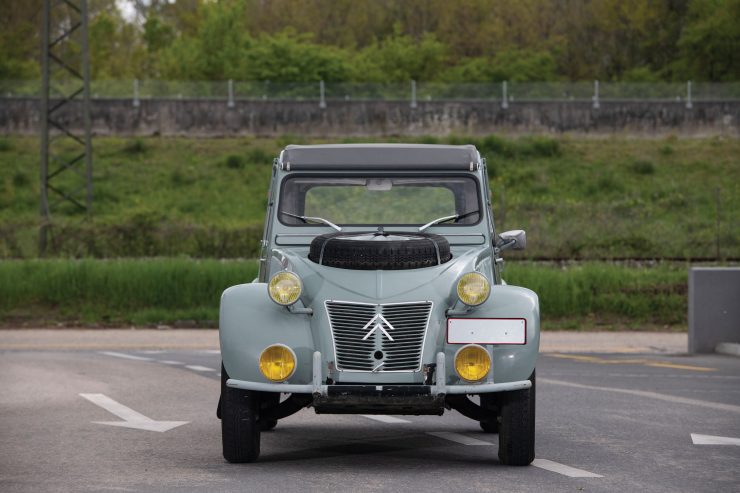
Due to the low weight, independent suspension, and 4×4 capability, the Citroën 2CV 4×4 Sahara was highly capable off-road. It featured a spare tire mounted Land Rover-style on the hood, the same minimalist interior design of the regular 2CV, and the easy-to-repair flat-twin engines front and back.
Citroën built just 694 examples of the 2CV 4×4 Sahara between 1958 and 1971, the price was notably higher than the standard 2CV which slowed adoption, but serving examples are now highly sought after by enthusiasts.
The example you see here is in good condition throughout, and importantly it’s fitted with both of its original engines. This car has a completely known ownership history from new and it was only registered for road use by one Belgian owner, it comes with the original owner’s manual and a copy of the original parts catalogue.
If you’d like to read more about it or register to bid you can click here to visit the listing on RM Sotheby’s.
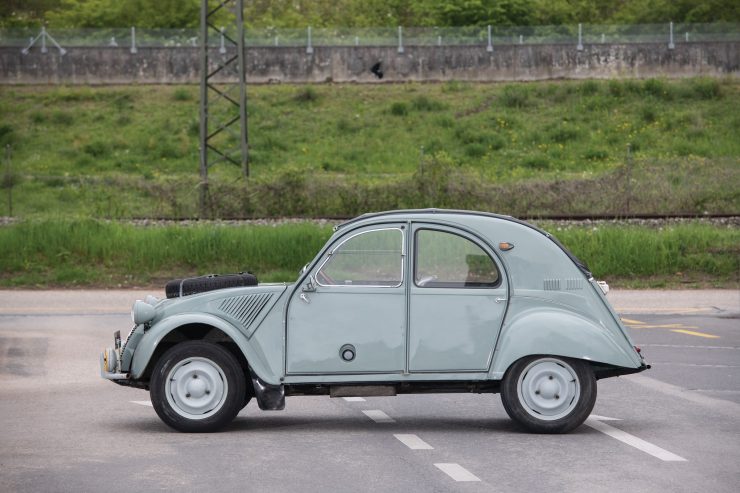
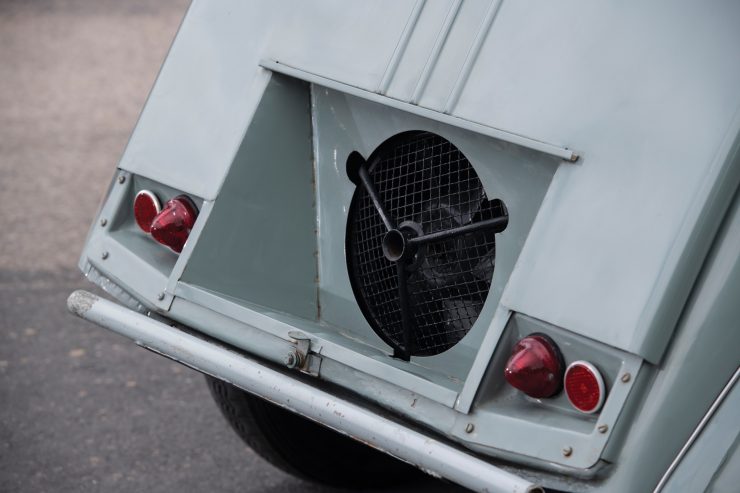
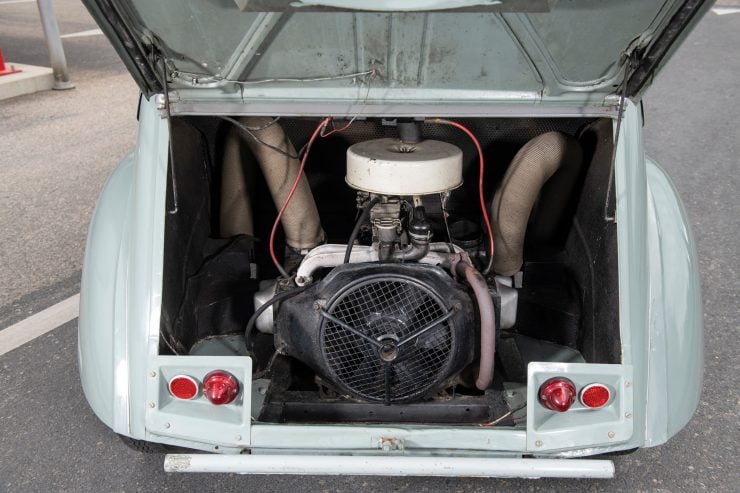
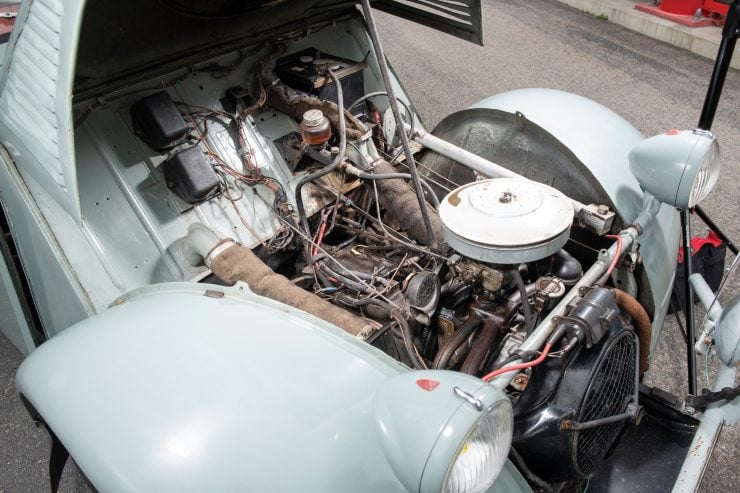
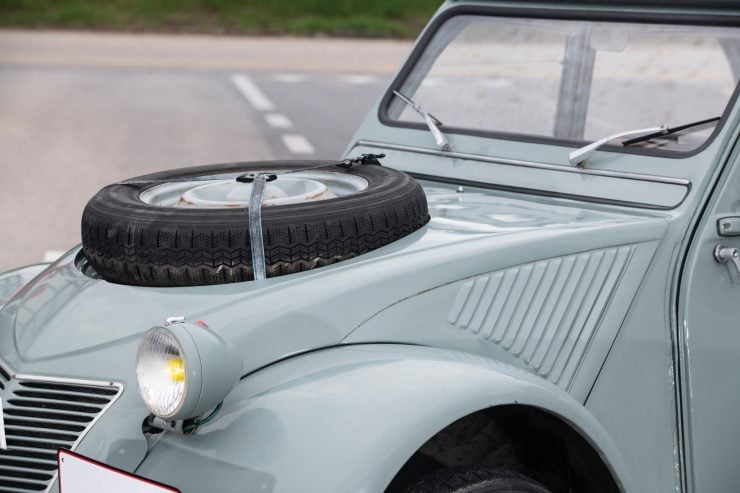
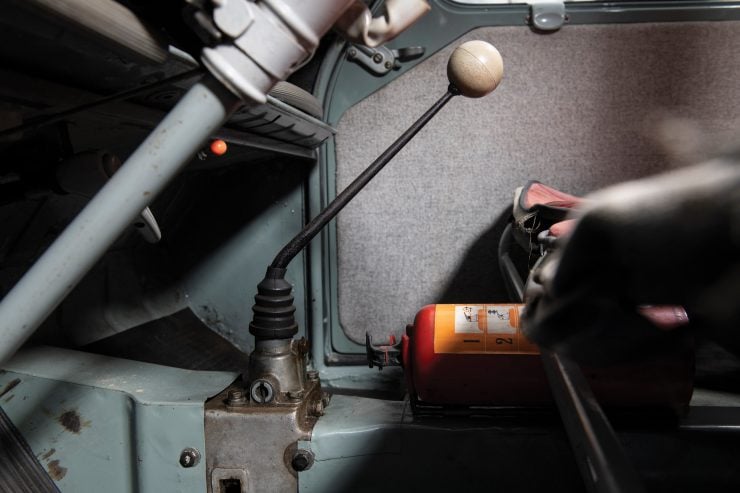
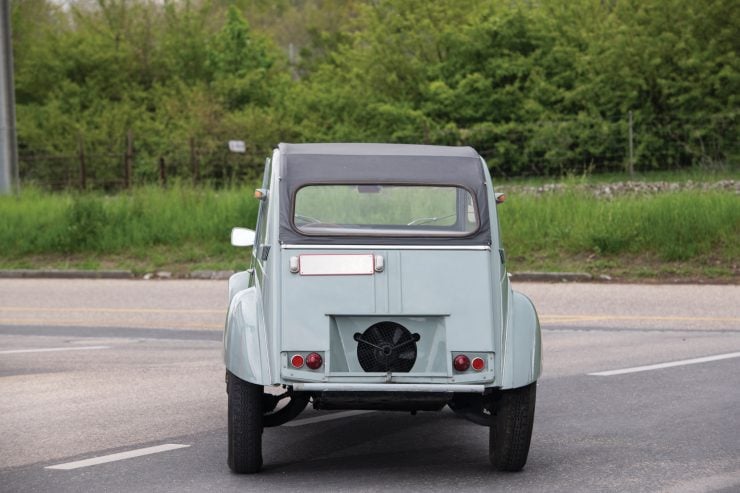

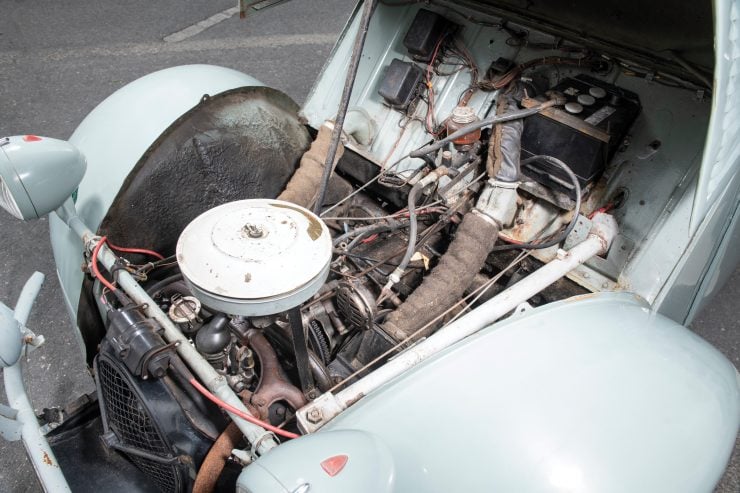
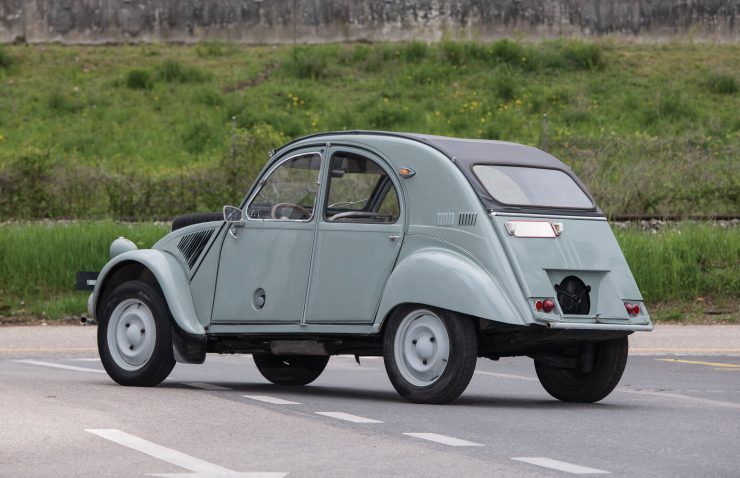
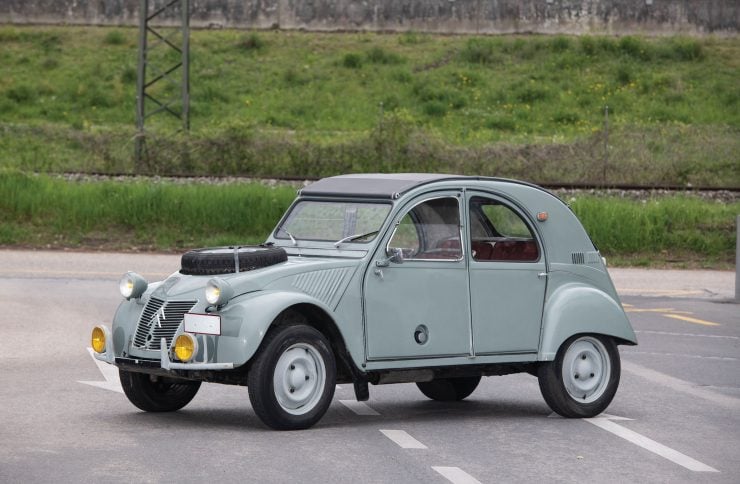
Images: Dirk de Jager ©2019 courtesy of RM Sotheby’s

